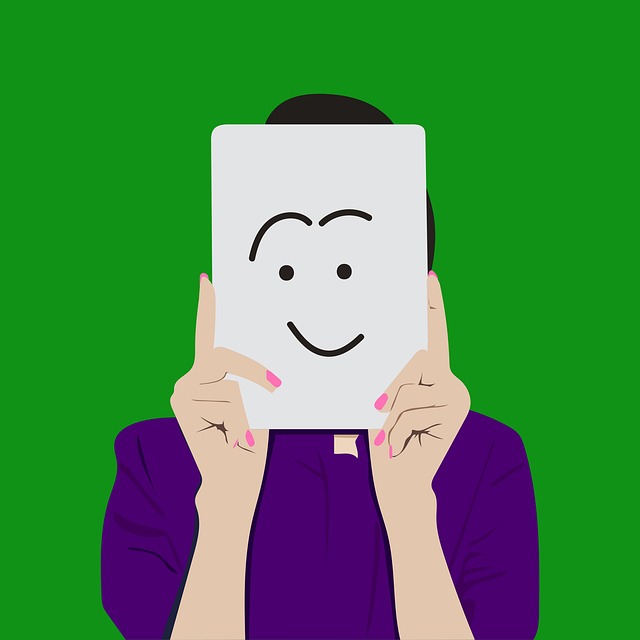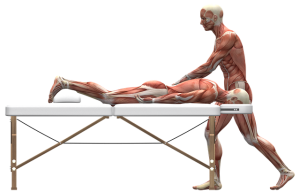CBT therapy is a structured, evidence-based psychological treatment addressing negative thought patterns, behaviors, and their impact on mental health. It identifies target symptoms, sets personalized goals, and uses various techniques like cognitive restructuring and exposure therapy to modify unhelpful habits. CBT successfully treats depression, anxiety, PTSD, and other disorders by promoting self-awareness, resilience, and effective coping strategies, ultimately enhancing emotional well-being.
Structured psychological treatment, such as Cognitive Behavioral Therapy (CBT), offers a proven approach to addressing a range of mental health concerns. This article delves into the core principles and techniques of CBT, providing a comprehensive guide for both practitioners and individuals seeking understanding. We explore how CBT targets specific symptoms, its application in diverse disorders, and the benefits it brings. Discover the therapist’s role, patient engagement strategies, and integration with holistic treatment plans, making this an essential read for anyone interested in CBT therapy.
Understanding CBT Therapy: A Brief Overview

CBT therapy, or Cognitive Behavioral Therapy, is a structured psychological treatment approach that focuses on identifying and changing negative thought patterns and behaviors. By modifying these cognitive processes, CBT aims to alleviate symptoms associated with various mental health disorders such as depression, anxiety, and post-traumatic stress disorder (PTSD). This form of therapy encourages individuals to challenge their distorted thinking and develop healthier coping strategies.
This evidence-based method involves collaboration between a therapist and client, where they work together to set specific goals. Through structured sessions, CBT helps clients gain insights into their thoughts, feelings, and behaviors, fostering self-awareness. By learning to recognize unhelpful thought patterns and replacing them with more realistic and positive ones, individuals can improve their emotional well-being and overall quality of life.
The Principles Behind Cognitive Behavioral Therapy

Cognitive Behavioral Therapy (CBT) is a structured psychological treatment approach that focuses on identifying and changing negative thought patterns and behaviors. The principles behind CBT are based on the idea that our thoughts, feelings, and actions are interconnected, and by modifying these thought processes, individuals can improve their emotional well-being. This therapy encourages patients to challenge and replace distorted or irrational beliefs with more realistic and adaptive ones, thereby influencing their overall mood and behavior positively.
The core components of CBT involve helping clients recognize their automatic negative thoughts and emotions, assessing the evidence for and against these thoughts, and developing alternative interpretations. It teaches practical coping strategies, such as problem-solving skills, relaxation techniques, and behavioral activation, to help individuals manage symptoms and improve their daily functioning. Through structured sessions guided by a trained therapist, CBT offers a well-defined pathway towards understanding and overcoming various mental health challenges, making it an effective game-changer in many cases.
Identifying Target Symptoms and Goals

Identifying target symptoms and setting clear, achievable goals is a fundamental step in structured psychological treatment, often utilizing Cognitive Behavioral Therapy (CBT) techniques. Therapists collaborate closely with clients to pinpoint specific behaviors, thoughts, or emotions that are causing distress or hindering their well-being. This process involves a thorough evaluation of the individual’s history and current circumstances, enabling therapists to understand the root causes of their struggles.
By focusing on target symptoms, CBT therapy empowers individuals to set realistic goals tailored to their unique needs. These goals provide a clear direction for treatment, helping clients measure progress and gain a sense of accomplishment. Whether it’s managing anxiety, improving mood, or enhancing coping strategies, well-defined goals offer a roadmap for both the therapist and the client, ensuring a structured and effective therapeutic journey.
Techniques Used in Structured CBT Sessions

In structured CBT sessions, therapists employ a range of techniques designed to help clients challenge and change unhelpful thought patterns and behaviors. These often include cognitive restructuring, where negative thoughts are identified and replaced with more realistic and balanced ones. The therapist guides the client through this process using evidence-based methods, encouraging active participation and homework assignments to reinforce new thinking patterns.
Additionally, structured CBT sessions may incorporate exposure therapy for anxiety disorders, gradually exposing clients to feared situations in a safe environment. Other techniques such as mindfulness exercises and behavioral activation are used to promote present-moment awareness and encourage engaging in activities that foster well-being. These structured approaches ensure consistency and measureable progress over the course of treatment.
Common Disorders Treated with CBT

Cognitive Behavioral Therapy (CBT) is a widely recognized and effective structured psychological treatment approach. It focuses on identifying and changing negative thought patterns and behaviors, helping individuals manage various mental health disorders. Common conditions that CBT successfully treats include depression, anxiety disorders such as generalized anxiety disorder (GAD) and panic attacks, post-traumatic stress disorder (PTSD), eating disorders, and substance abuse issues.
By challenging unhelpful cognitive distortions and promoting healthier thinking habits, CBT enables people to feel more in control of their emotions and actions. This structured therapy is known for its practical and goal-oriented nature, often leading to significant improvements in mental well-being.
Benefits of Structured Psychological Treatment

Structured psychological treatment, such as Cognitive Behavioral Therapy (CBT), offers a multitude of benefits for individuals seeking to improve their mental health. One of its key advantages is providing a clear and organized framework that helps patients understand their thoughts, emotions, and behaviors. This structured approach ensures every session builds upon the previous one, fostering a progressive path towards recovery.
CBT specifically focuses on identifying and changing negative thought patterns and behaviors, empowering individuals to develop healthier coping mechanisms. It encourages active participation from the patient, teaching them practical skills to manage stress and emotional challenges effectively. This proactive nature of structured treatment promotes better mental resilience and long-term well-being.
The Role of the Therapist in CBT

In Cognitive Behavioral Therapy (CBT), the therapist plays a pivotal role in guiding individuals towards understanding and changing their thought patterns and behaviors. They facilitate a collaborative process, working closely with clients to identify negative or distorted thinking and replacing it with more realistic and adaptive thoughts. Through structured sessions, the therapist teaches clients coping strategies, problem-solving skills, and techniques to challenge unhelpful beliefs, fostering a sense of empowerment.
The expert knowledge and skilled intervention of the CBT therapist are essential in helping clients navigate their emotions and experiences. They create a safe space for exploration, encouraging open communication and providing support throughout the therapy journey. By offering evidence-based techniques and tailoring the approach to each individual’s needs, therapists enable clients to gain new insights, develop healthier habits, and ultimately improve their overall well-being.
Patient Preparation and Engagement Strategies

Preparing patients for structured psychological treatment, such as CBT therapy, involves fostering a collaborative and supportive environment. Therapists should clearly explain the process, benefits, and goals of therapy, ensuring patients understand their active role in recovery. This can be achieved through comprehensive intake assessments, where patients share their concerns, expectations, and previous experiences with mental health care. By encouraging open communication, therapists can tailor their approach to individual needs and set realistic objectives.
Engagement strategies are crucial for maintaining patient motivation and commitment throughout the treatment process. Therapists might employ various techniques, such as active listening, to make sessions interactive and patient-centric. Regularly reviewing treatment goals, celebrating small achievements, and incorporating patient feedback help keep patients engaged and invested in their therapy journey. These strategies not only enhance adherence but also contribute to more effective and sustainable outcomes.
Integrating CBT into a Comprehensive Treatment Plan

Incorporating Cognitive Behavioral Therapy (CBT) into a comprehensive treatment plan offers a powerful approach to addressing various mental health concerns. CBT is a structured form of talk therapy that focuses on identifying and changing negative thought patterns and behaviors, empowering individuals to manage their emotional well-being effectively. By integrating CBT, therapists can provide clients with practical tools and strategies to cope with challenges, enhance self-awareness, and promote positive changes in their lives.
This therapeutic technique is particularly effective for a range of issues, including depression, anxiety disorders, post-traumatic stress disorder (PTSD), and even substance abuse. It encourages individuals to challenge and reframe unhelpful cognitions, fostering a more balanced perspective. As part of a holistic treatment plan, CBT can be tailored to individual needs, making it a versatile and valuable component in the journey towards improved mental health and overall well-being.
